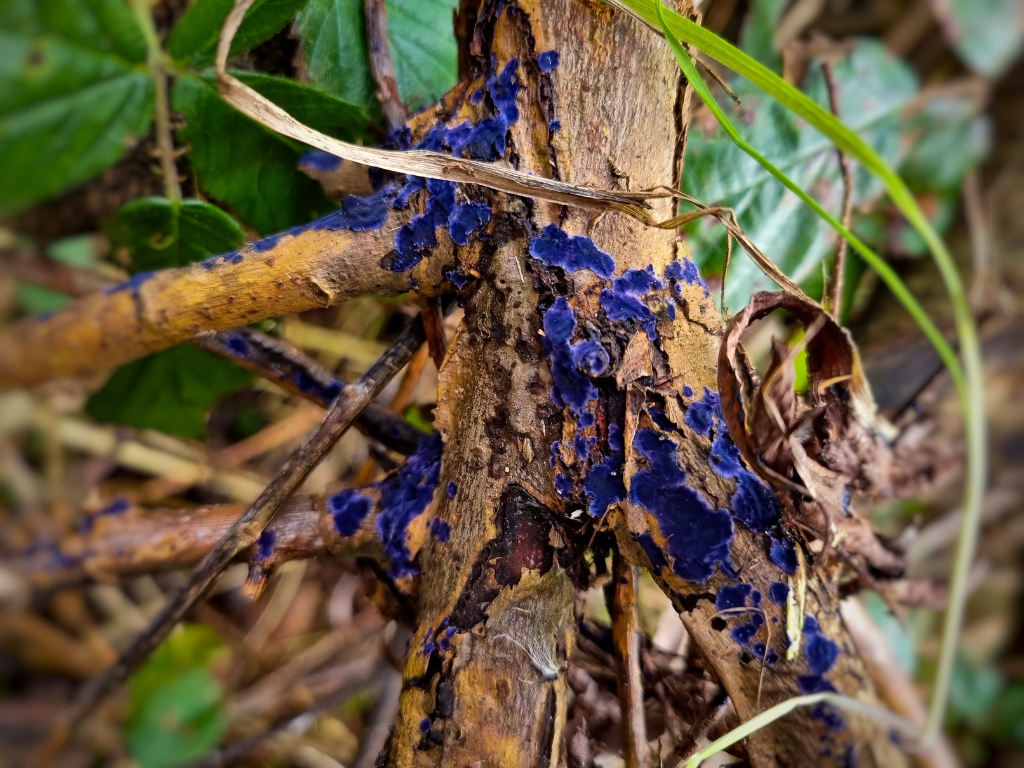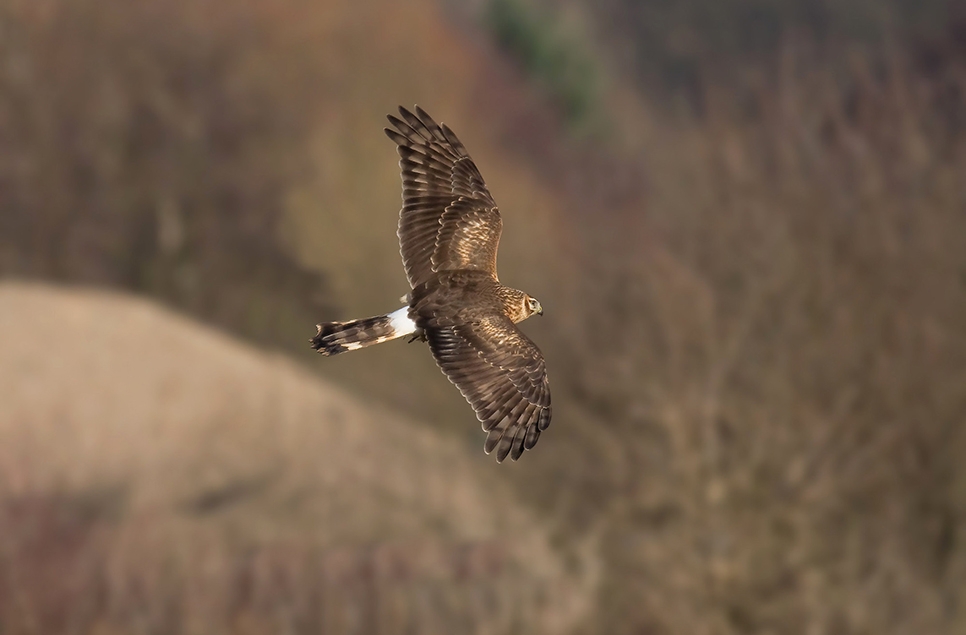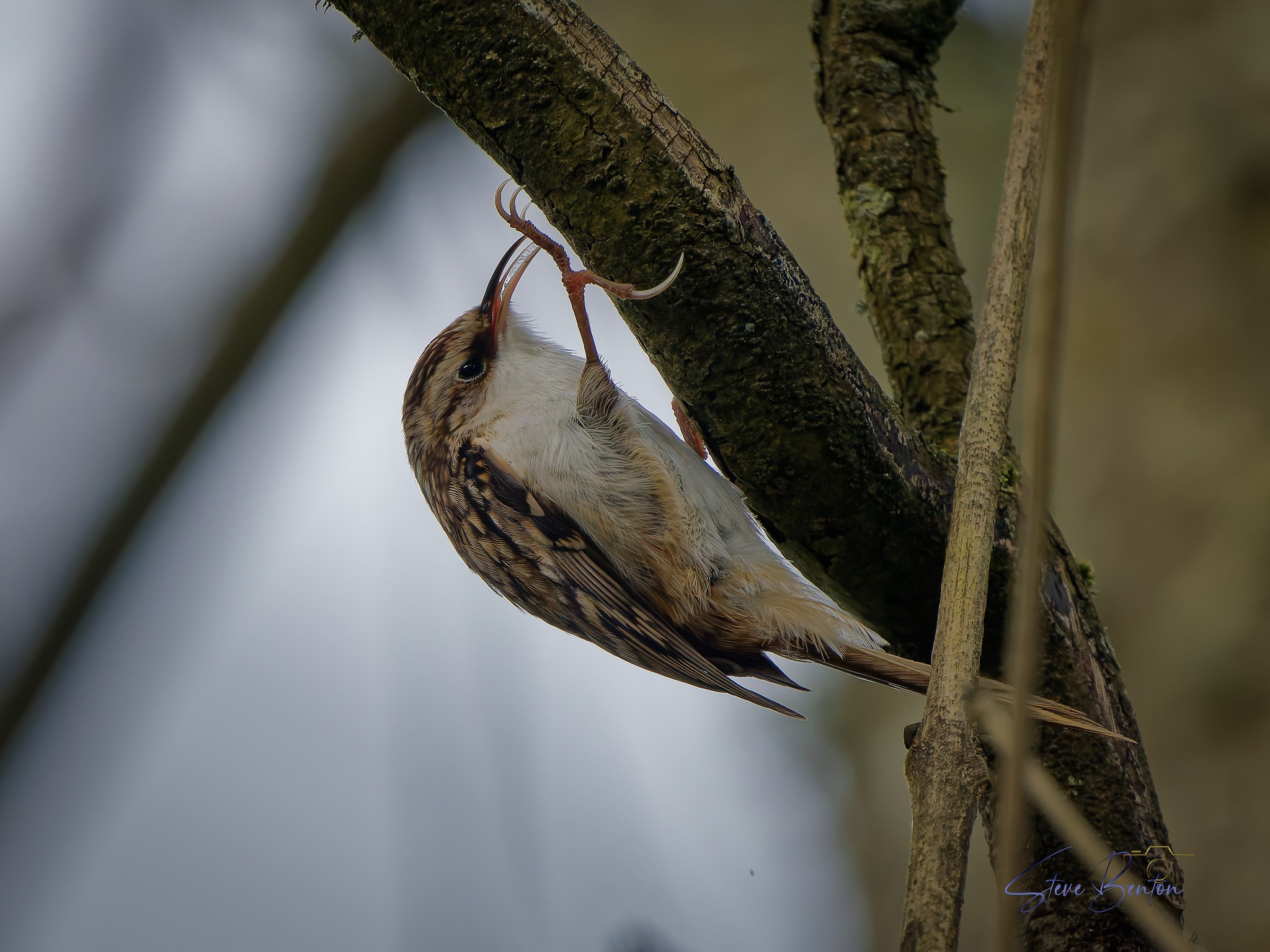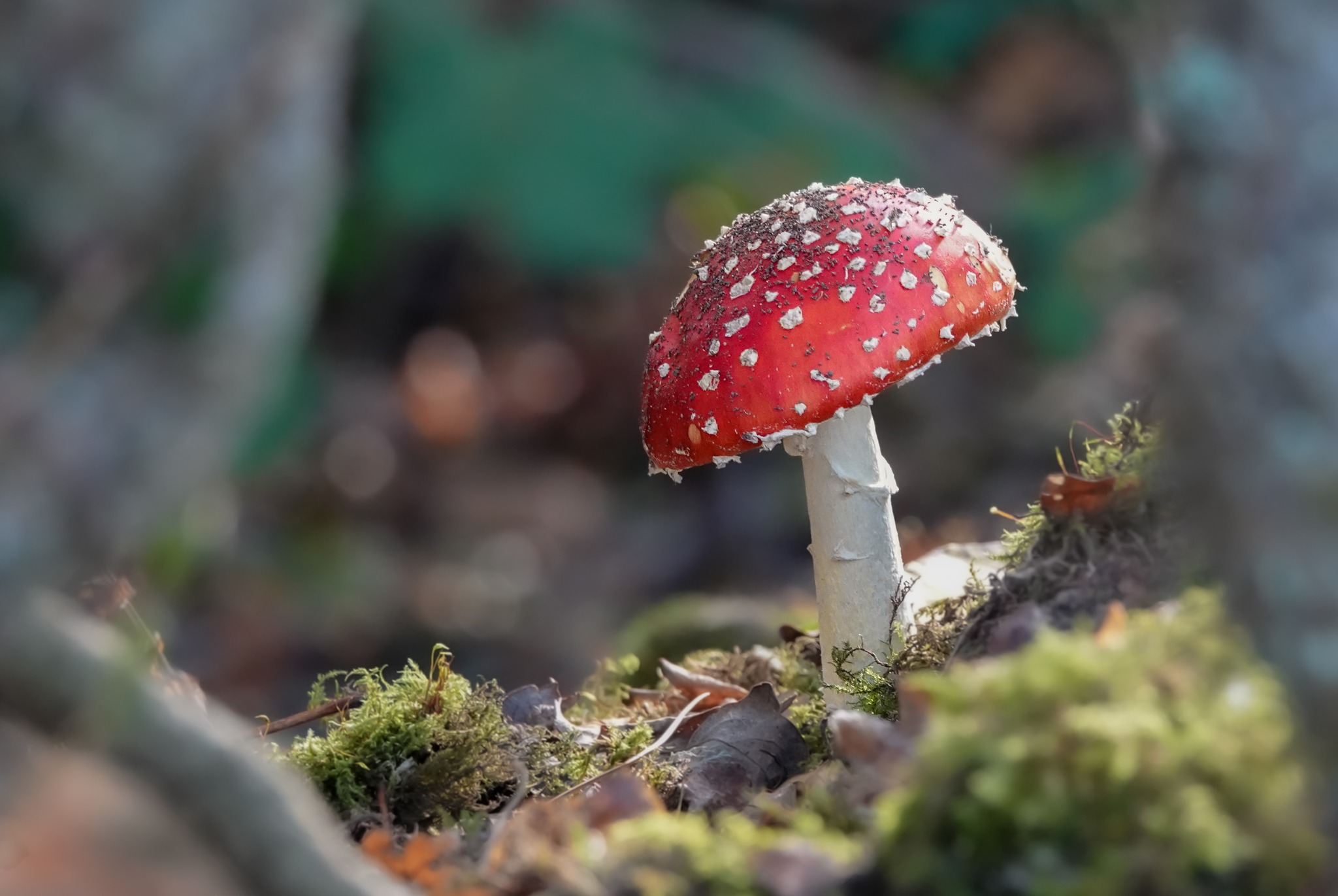Wolf’s Milk, Hobby, Bee Orchid, and a brazen Barnacle Goose
It’s not chewing gum on a log… but what IS it?
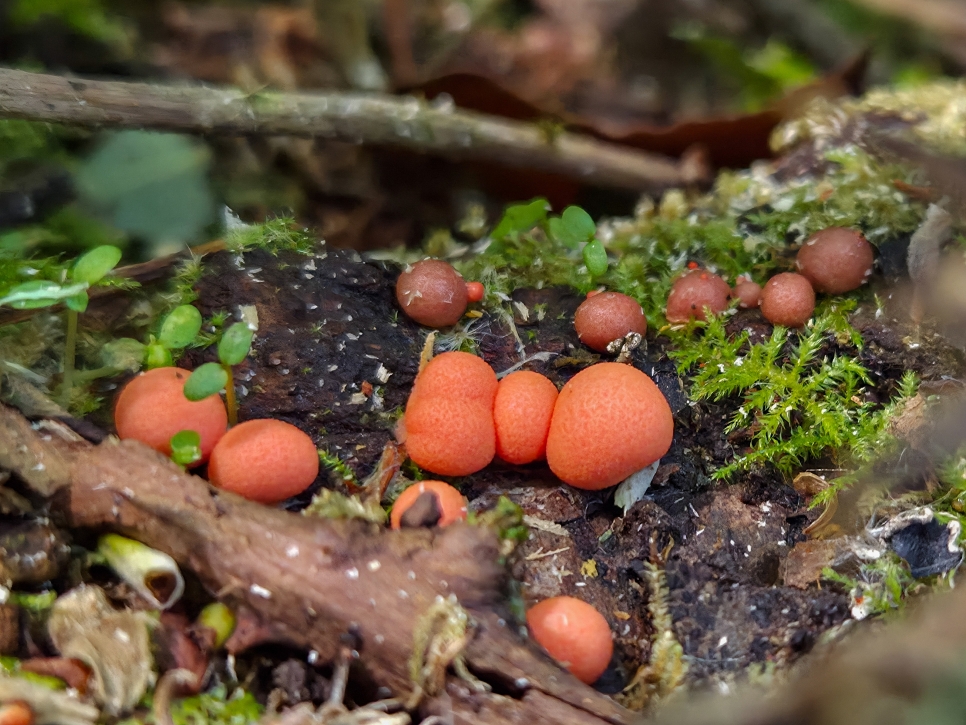
From falcons to flowers, there has been plenty to see this week!
Wildlife Sightings at WWT Llanelli from 2nd – 8th June 2025
Highlights: Wolf’s Milk, Hobby, Bee Orchid, Barnacle Goose
Our first highlight, and cover photo for this week, is the fascinating Wolf’s Milk, found in Black Poplar Wood. Despite its appearance, Wolfs Milk is a species (or genus, as the name can refer to both Lycogala epidendrum and Lycogala terrestre) of plasmodial slime mould – not a fungus! They are a type of single-celled myxogastrid amoeba, whose lifecycle involves a fruiting stage and spore release at maturity, just like many species of fungi. Their salmon-pink blobs are called aethalia, which contain a pink paste with potential antimicrobial properties. The aethalia darken as they mature, and their pink ooze is replaced with a mass of spores to spread the new generation. These fascinating amoebas can actually move around during their plasmodial phase, though you are unlikely to spot them due to their minuscule size. As they travel along rotting logs, they engulf bacteria and protozoa in their path via phagocytosis and use them for nutrients (yum?).
On Monday, one of our eagle-eyed (or should I say falcon-eyed) volunteers spotted a Hobby gliding above the water at the Kingfisher Screen, before accelerating into an allout dash in pursuit of a dragonfly snack. The Hobby is one of the UK’s most agile raptors, catching its prey mid-air – whether it be a dragonfly or a Swallow – employing a repertoire of aerial manoeuvres in its chase. Hobbies are around the size of a Kestrel, with wings resembling those of a Swift while in flight. Adults can be easily identified by the red-orange feathers covering their legs, making them look as if they’re wearing a pair of trousers!
We’ve had our first Bee Orchid of the year bloom near the Goodall’s Hide, displaying its incredible floral mimicry. The bee orchid has the ability to self-pollinate and preferentially does so in many places, except for regions of the Mediterranean where Eucera longicornis (a species of Long-Horned Bee) is present. In these areas, the male bee mistakes the orchid for a female and attempts to mate with it – allowing the orchid to deposit its pollen onto the bee, which it takes to the next deceptive Bee Orchid. As part of this process the orchid also employs chemosensory mimicry, producing allomones which smell just like a female bee! Like many orchids, the Bee Orchid also relies on symbiotic relationships with mycorrhizal fungi, specifically those of the genus Tulasnella. In exchange for photosynthetic carbon, the fungi help the plant extract nutrients from the soil and also aid in seed germination!
Our final highlight of the week is the cheeky Barnacle Goose that has made itself at home in the Grounds, feasting on the captive bird’s food and generally wandering like it owns the place! We aren’t mad though; it's been a few months since we last saw a Barnacle Goose on site, so hopefully some friends come to join it soon! As mentioned in a previous blog, these geese (along with Brent Geese) were once believed to be the same species as Goose Barnacles – hence the name!
Featured Photo Credit: Abbie Jordan
